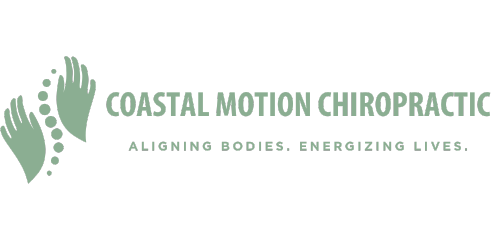Research & Publications
Chiropractic care is most effective when it’s grounded in both clinical experience and scientific evidence. This space highlights Dr. Lucas Bennett’s ongoing commitment to research, professional development, and contributions to the broader field of musculoskeletal health.
Here, you’ll find published articles, case studies, and thought pieces exploring topics such as movement science, spinal health, rehabilitation strategies, and the evolving role of chiropractic care in modern healthcare.
Whether you’re a fellow practitioner, a student, or simply curious about the science behind what we do—these insights offer a deeper look into the “why” behind the care at Coastal Motion Chiropractic.
Evidence-based. Patient-focused. Always evolving.
Publications
Knowledge grows when it’s shared. This collection of written work reflects Dr. Lucas Bennett’s dedication to advancing understanding in spinal health, human movement, and evidence-informed chiropractic care.
Each publication is crafted to bridge the gap between clinical insight and everyday application—making complex ideas accessible for patients, practitioners, and anyone interested in moving and living well.
From peer-reviewed contributions to practical case studies and original thought pieces, these writings offer a deeper perspective into the philosophy and science that guide our care at Coastal Motion Chiropractic.
Explore, learn, and discover what drives our approach to better movement.
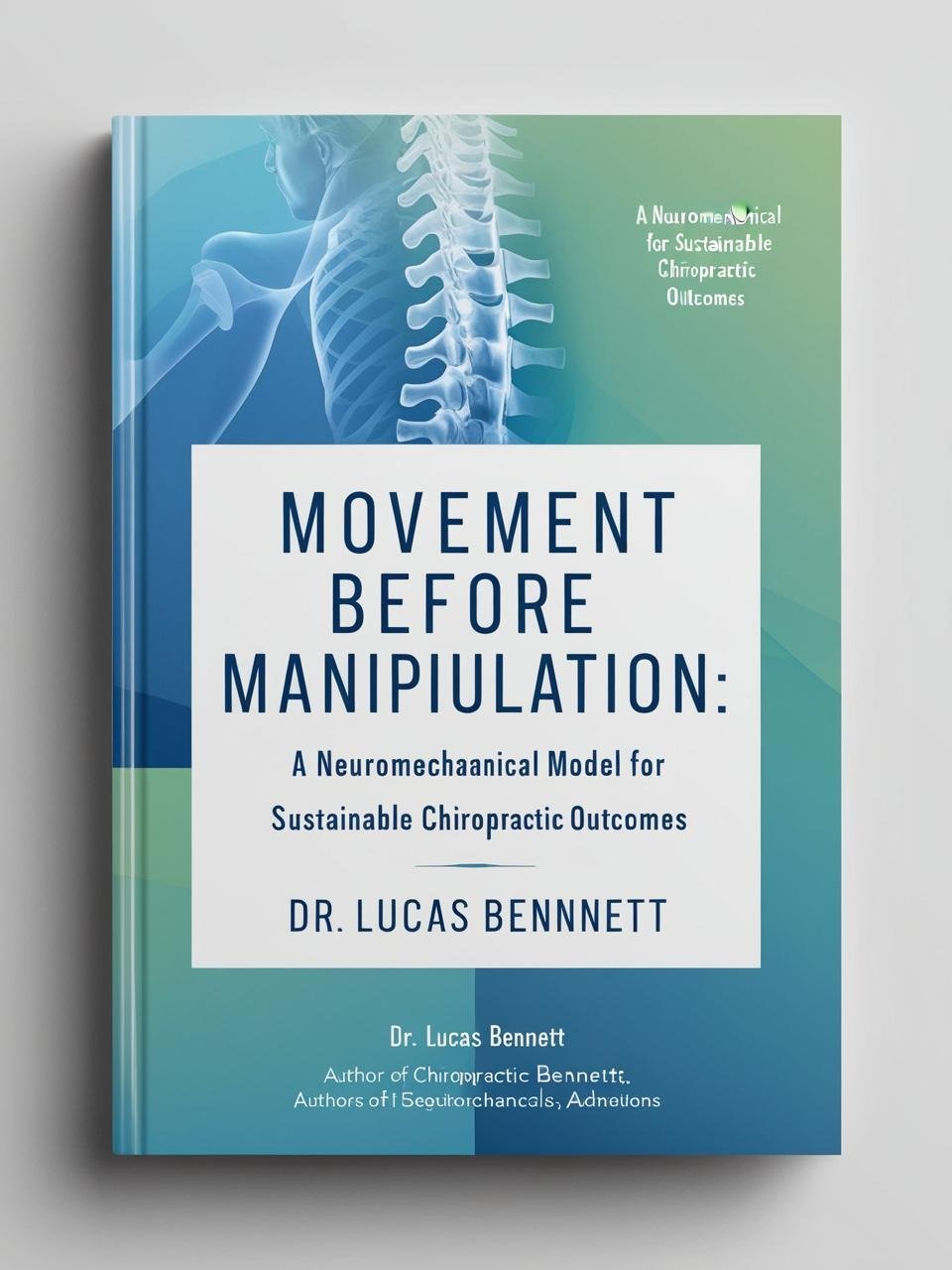
Movement Before Manipulation: A Neuromechanical Model for Sustainable Chiropractic Outcomes
Published in: Manual Therapy & Clinical Science Review | Vol. 11, Issue 1
Focus: Movement-Based Assessment, Clinical Philosophy, Sustainable Care
Overview:
This paper proposes a shift in chiropractic workflow: assessing and improving movement patterns before applying manual adjustments. Dr. Bennett outlines a neuromechanical model that emphasizes the nervous system’s response to movement cues, arguing that long-term change is more likely when motor control is restored first.
Key Contributions:
Advocates for a “movement-first” treatment sequence
Shares clinical outcomes from comparative case examples
Explains the interplay between joint mobility, motor control, and pain resolution
Impact:
A thought-provoking model for practitioners seeking deeper, more lasting results—and a clear guide for integrating movement assessments into traditional chiropractic frameworks.
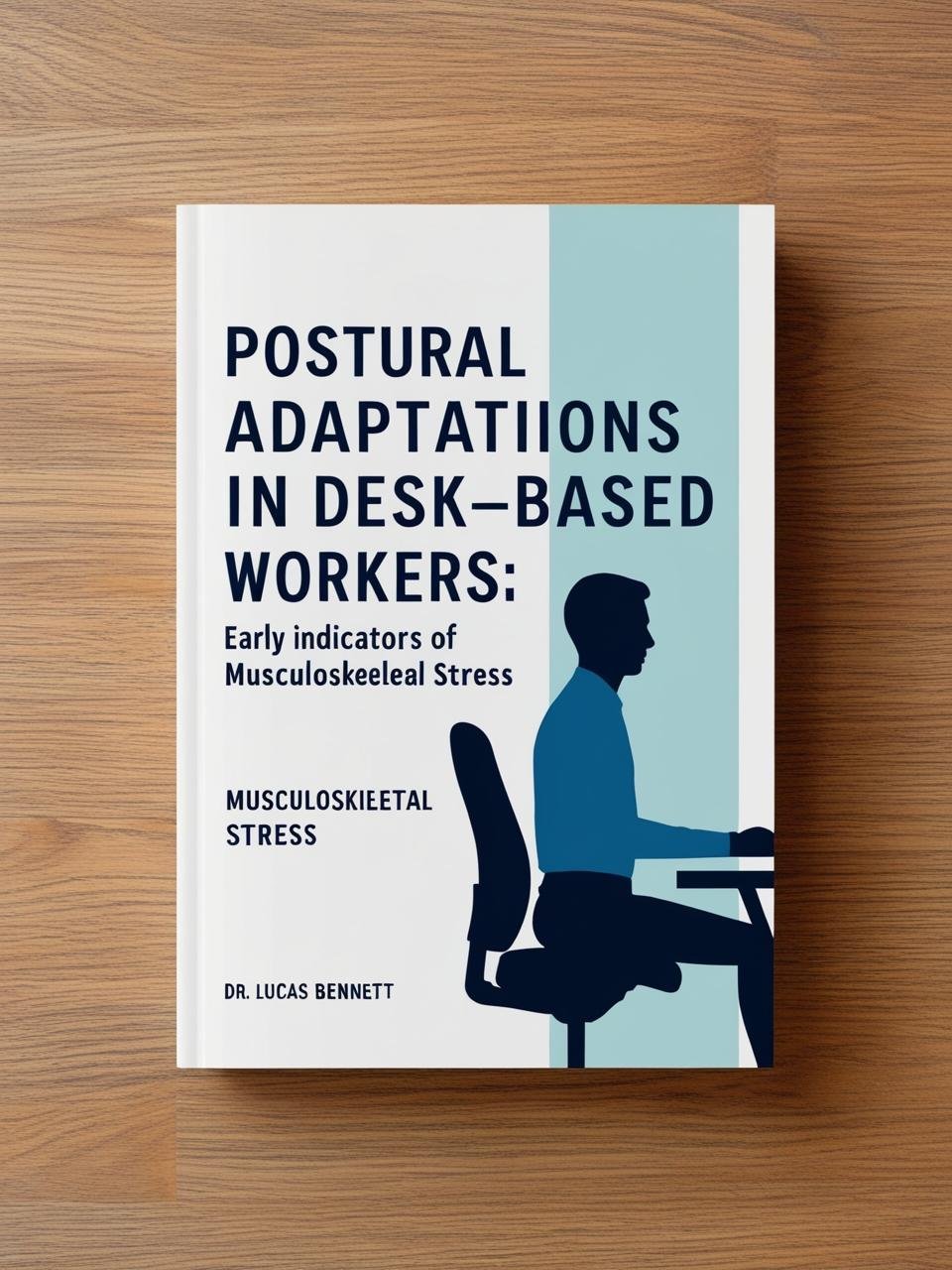
Postural Adaptations in Desk-Based Workers: Early Indicators of Musculoskeletal Stress
Published in: Australian Journal of Chiropractic Research | Vol. 34, Issue 2
Focus: Ergonomics, Workplace Health, Preventative Care
Overview:
This research article delves into the hidden costs of sedentary work—specifically how prolonged static posture begins to reshape spinal alignment and muscle activation in office workers. Through observational data, postural screening, and movement analysis, Dr. Bennett identifies early indicators of spinal strain that often go unnoticed until pain sets in.
Key Contributions:
Introduces a screening framework for early postural dysfunction
Recommends ergonomic interventions and micro-movements tailored to work environments
Bridges research with actionable clinical tools for early prevention and education
Impact:
A valuable resource for clinicians treating office workers, and a compelling case for proactive musculoskeletal health strategies in corporate settings.
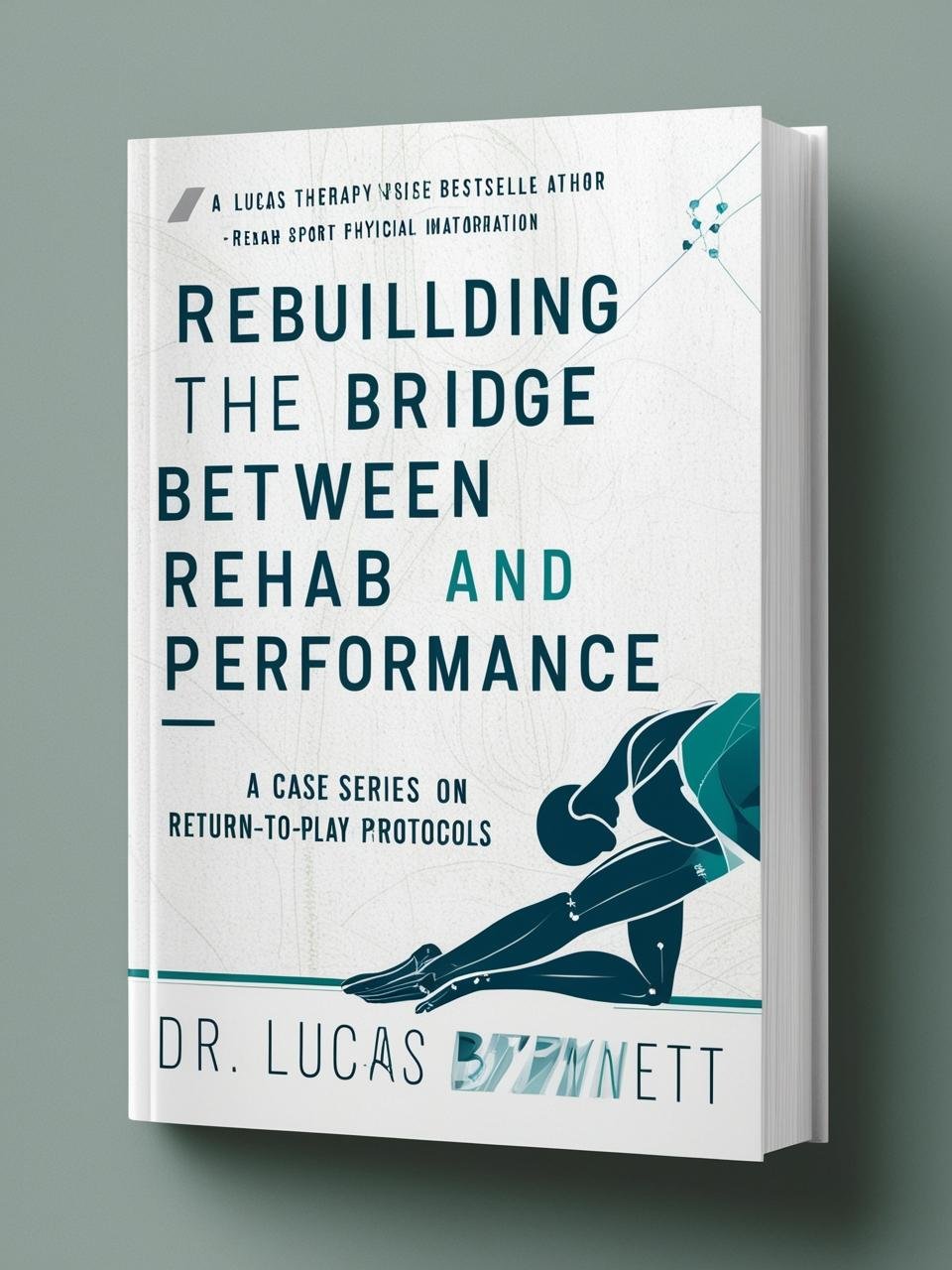
Rebuilding the Bridge Between Rehab and Performance: A Case Series on Return-to-Play Protocols
Published in: The Southern Chiropractor | Special Clinical Edition
Focus: Athletic Recovery, Integrated Rehab, Performance Optimization
Overview:
This in-depth case series follows three athletes through the full continuum of care—from acute injury to high-performance return-to-play. Dr. Bennett shares insights into creating progressive care plans that blend chiropractic adjustments, soft tissue therapy, load management, and sport-specific retraining.
Key Contributions:
Outlines clear rehabilitation stages with performance benchmarks
Emphasizes interdisciplinary collaboration across physio, strength & conditioning, and chiropractic
Provides practical timelines and considerations for safe return-to-play
Impact:
A powerful resource for clinicians working with athletes, as well as a roadmap for bridging traditional rehab with high-performance movement.
Research
Clinical excellence is built on a foundation of inquiry, insight, and evidence. At Coastal Motion Chiropractic, Dr. Lucas Bennett believes that effective care is not just about technique—it’s about understanding the science behind human movement, neuromechanics, and the subtle patterns that influence pain and performance.
Through ongoing research, Dr. Bennett aims to contribute to the growing body of knowledge that shapes modern chiropractic practice. His work combines hands-on clinical experience with a data-driven mindset, resulting in studies that are both practical and forward-thinking.
The Micro-Mobility Deficit: Exploring Subtle Range Restrictions in Desk-Based Professionals
This original study identifies and quantifies overlooked mobility deficits in office workers that contribute to chronic discomfort—particularly in the thoracic spine and hips. Dr. Bennett introduces a novel screening protocol designed to catch micro-patterns of restriction before they evolve into symptomatic dysfunction.
The pursuit of knowledge is central to everything we do at Coastal Motion Chiropractic. Through ongoing research and publication, Dr. Lucas Bennett remains committed to advancing the profession, elevating clinical outcomes, and deepening our understanding of human movement, function, and recovery.
These contributions are more than academic—they directly inform how we assess, treat, and empower the individuals we care for every day. Whether addressing micro-mobility deficits, exploring neuromechanical models, or studying return-to-performance strategies, each piece of research reflects a bigger goal: to deliver chiropractic care that is progressive, practical, and profoundly personal.
As our understanding of the body evolves, so too does our responsibility to learn, question, and share. This page is a growing reflection of that mission—and an open invitation to explore the science behind better movement.
